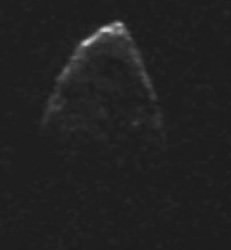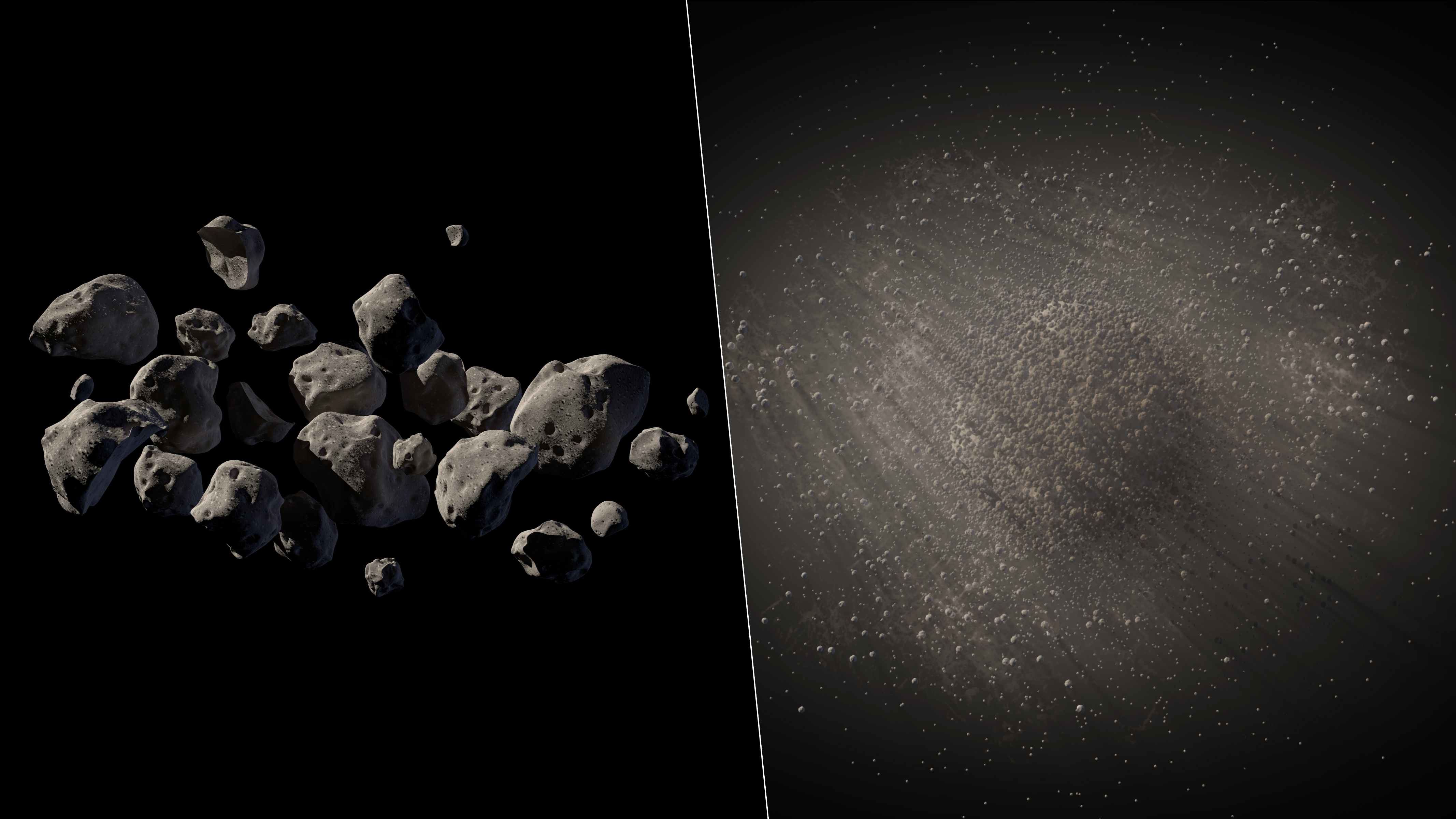How do asteroids hold their rubble piles together? Previously, scientists said it was a combination of friction and gravity. But new observations of asteroid 1950 DA reveals something else is at work. The asteroid is rotating too quickly for gravity to keep it together, so what’s going on?
“We found that 1950 DA is rotating faster than the breakup limit for its density,” stated Ben Rozitis, a postdoctoral researcher at the University of Tennessee, Knoxville who led the research. “So if just gravity were holding this rubble pile together, as is generally assumed, it would fly apart. Therefore, interparticle cohesive forces must be holding it together.”

Cohesive forces refer to the act of individual molecules or particles sticking together. It’s the first time scientists have found this in action on an asteroid. Better yet, if confirmed in other asteroids this has implications for protecting Earth from a killer asteroid should one come our way.
If the threat turns out to be a loosely held together asteroid, an impact in just the right spot would break the single asteroid into many. (Of course, you’d want to make sure that the problem doesn’t end up turning into multiple smaller asteroids hitting Earth instead of a single large one.)
Now the researchers are interested in knowing if cohesive forces are also in action on Comet 67P/Churyumov–Gerasimenko — the comet being examined by Rosetta right now and in November, by the lander Philae.
The study was published in the journal Nature.

